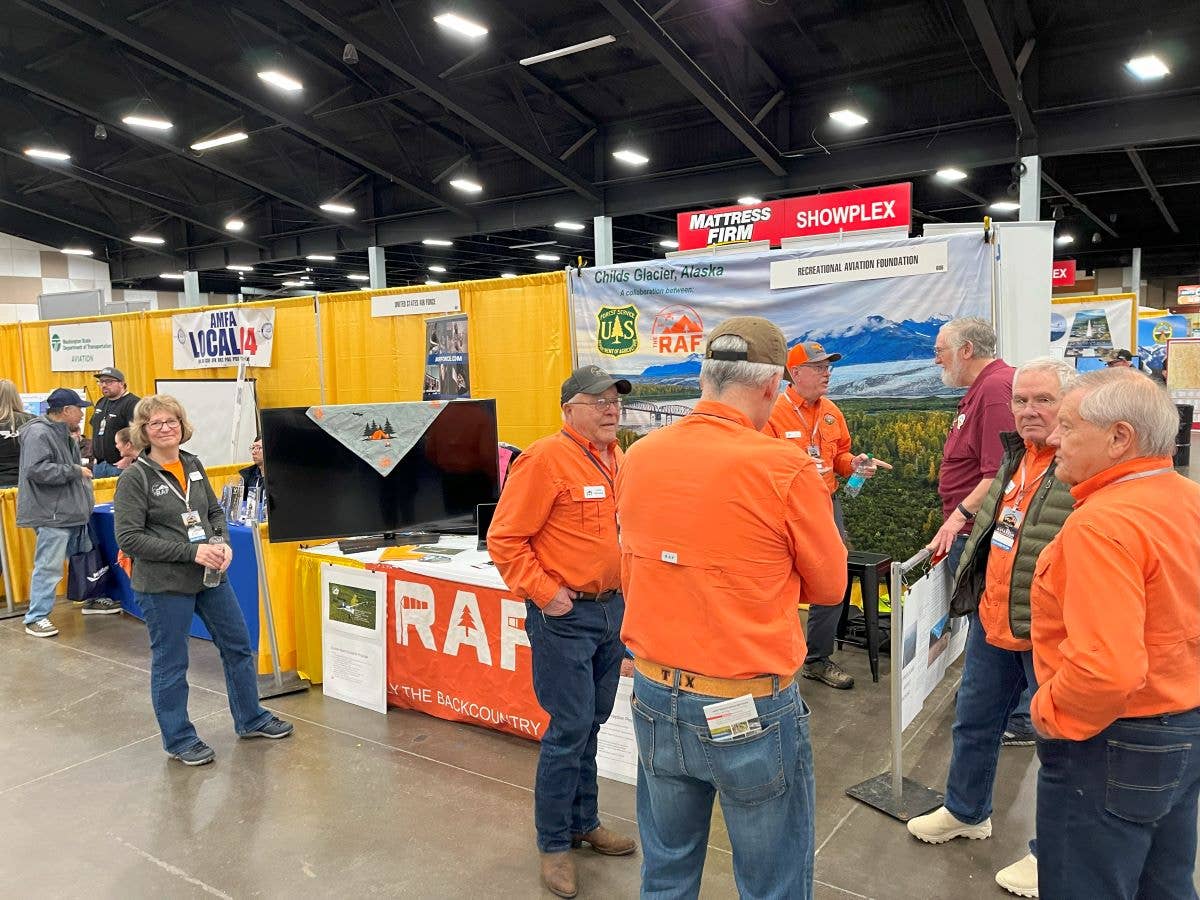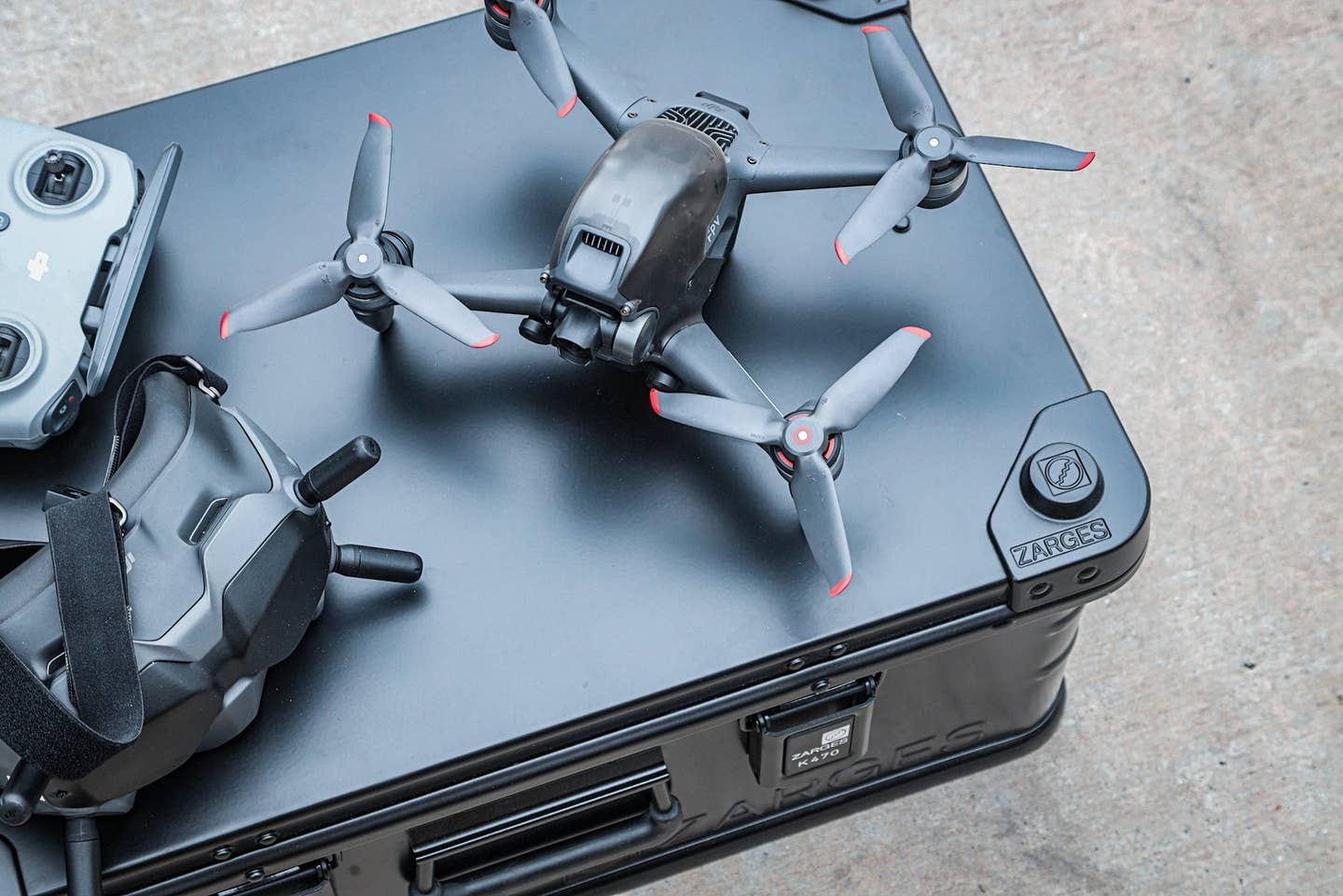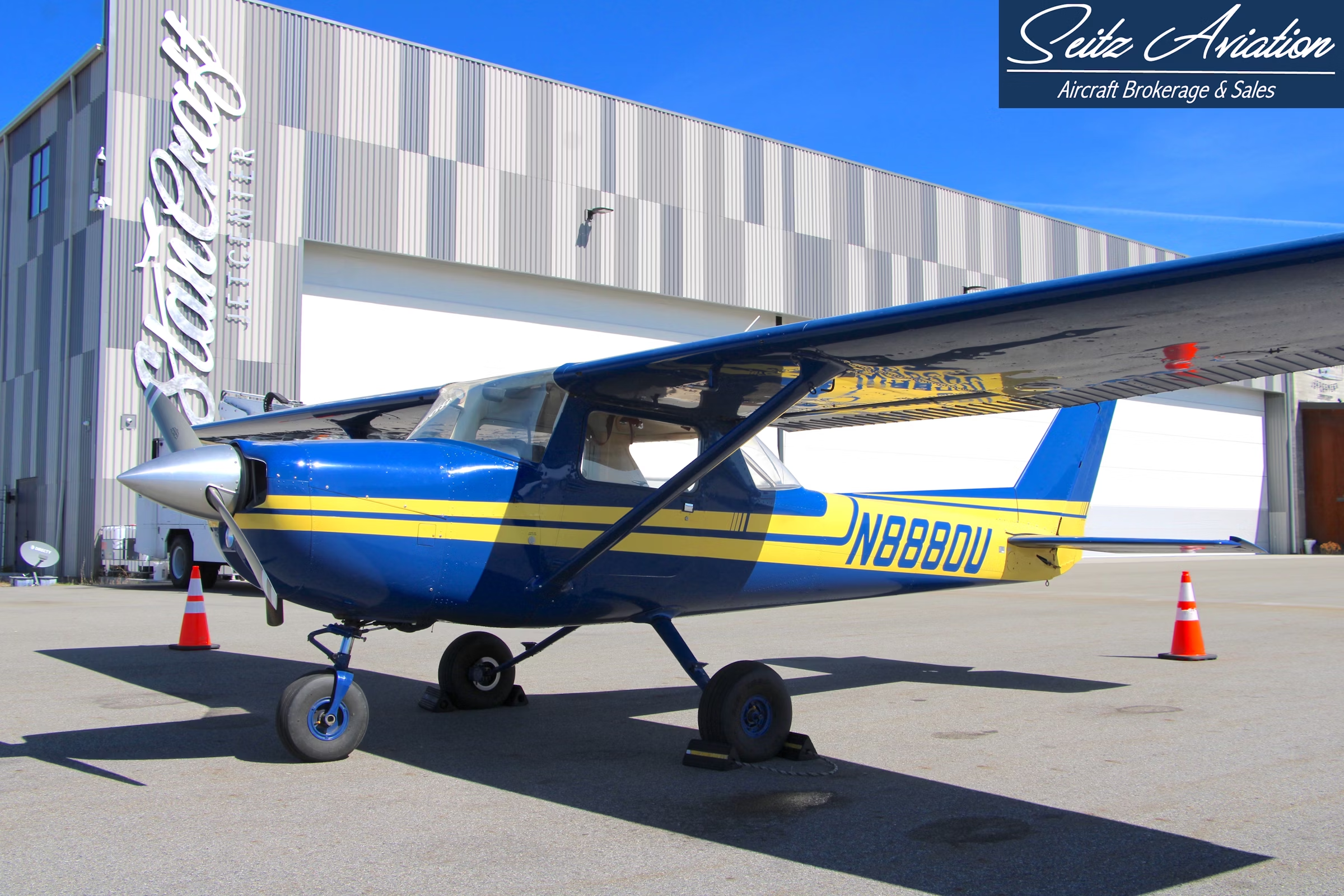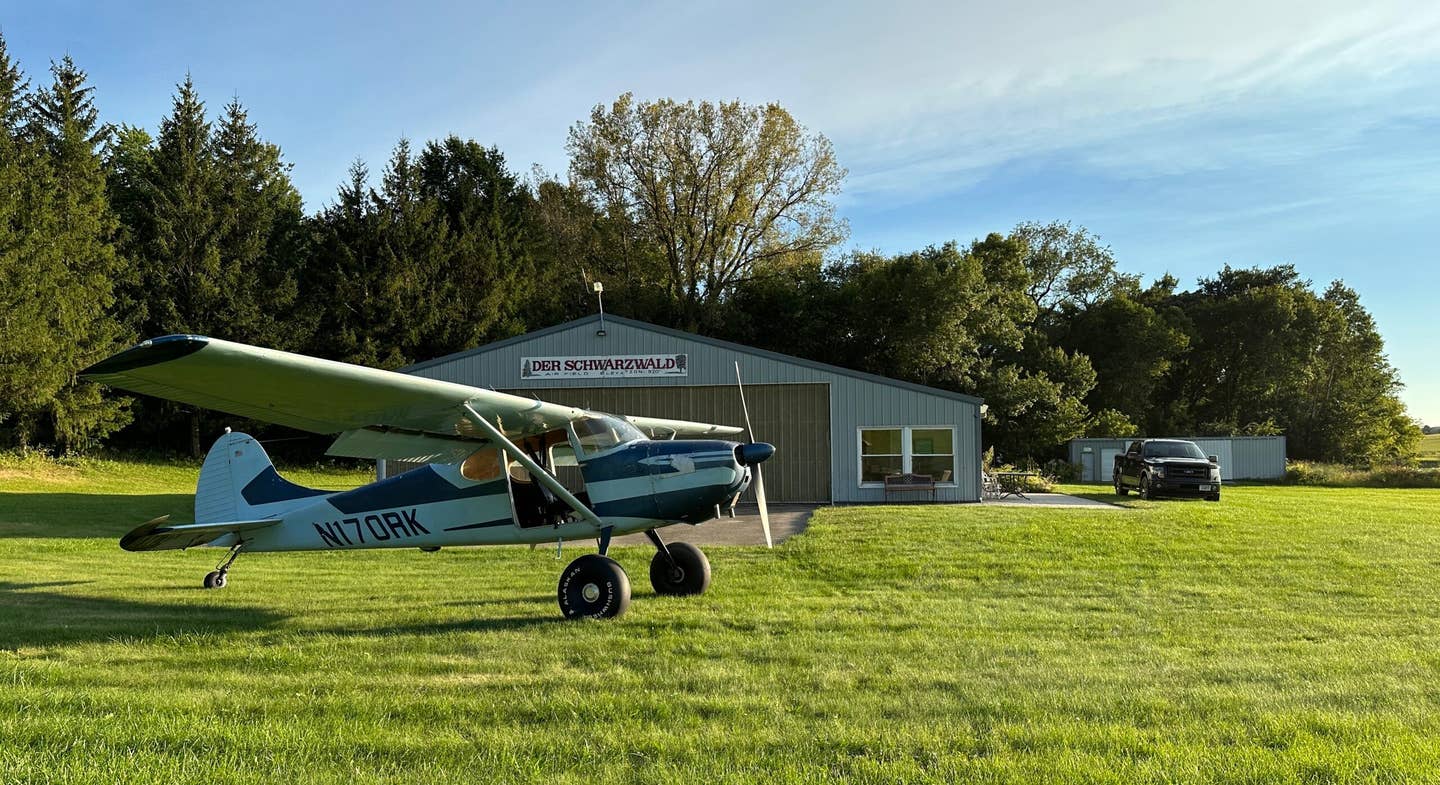Making the Most of an Aviation Trade Show
A visit to the recent Northwest Aviation Conference & Trade Show is an annual opportunity to make contacts—and memories.

The annual Northwest Aviation Conference & Trade Show (NWAC) at the Washington State Fairgrounds in Puyallup, Washington, is part trade show and part educational platform. [Courtesy: Meg Godlewski]
An aviation event doesn’t necessarily have to take place at an airport for you to get something out of it. A good example is the annual Northwest Aviation Conference & Trade Show (NWAC) at the Washington State Fairgrounds in Puyallup, Washington, in February.
The indoor venue is usually comfortable, even when it is snowing and raining outside (this happens a lot), and there is plenty of room for exhibitors and educators to offer their wares. The nearest airport—Pierce County-Thun Field (KPLU)—is a short Uber ride away.
The NWAC is the beginning of “show season” for me. It is part trade show—if it can be used in an airplane or to enhance your aviation performance, you will likely find it here—and part educational platform. Seminars range from specialty topics, like gliders, floatplanes, and mountain flying, to tips on working with ATC, planning your pilot career, refresher courses for both IFR and VFR pilots and human factors-related courses such as setting your personal minimums and sticking to them.
I admit, I never really thought about my personal minimums as a commitment, that is until I attended Jolie Lucas' presentation, "Into the Alligator's Mouth."
I have known Lucas for years. She is a commercially rated pilot, licensed psychotherapist, and occasional contributor to FLYING. One of the optics Lucas uses during her presentation is an image of a pair of wedding rings to symbolize commitment, much like the one pilots make to safety. When we establish personal minimums and we fudge on them "just once," it is like cheating on your significant other "just once," she said.
The statement sent a murmur through the audience. I knew I wasn’t the only one struck by the thought. When you think of it that way, the importance of respecting personal minimums takes on new gravitas. Can you imagine explaining to your partner that you cheated “just the one time?” And would you put up with someone doing that to you? Yet sometimes we feel pressured to violate our personal minimums to be a nice person and people pleaser.
Learners, Instructors and Coworkers
Aviation is a small community, and in the 25 years I have been attending the NWAC there are certain people I always look for, hoping to see. Sadly, many of them have gone west, and I often feel their loss at shows like this. This year, some of us remembered Spence Campbell, the instrument specialist who often presented at the show. Spence died in January. A few of us toasted him with morning coffee and the scones the fairground concession stands are famous for.
The show is a two-day event, with time best divided between booth surfing and picking up swag (pens and candy are always popular), attending information seminars and catching up with other pilots you haven’t seen often in decades. This year I set a new personal record seeing former clients and pilots I have flown with. One man I shared a Cessna 172RG with during my commercial pilot training came up to me and asked where I had been for the last 20 years.
“Mostly in the cockpit or behind a computer,” I said. He was a professional aerial photographer when I met him.
Several of my flight students—both former and current—showed up at the event. One of them, James Halford, is now a captain at SkyWest Airlines. I was his first instructor in 2017. Halford told me he still remembered some of the learning tools I employed, such as salting the aircraft with plastic toy frogs to check the thoroughness of the learner’s preflight inspection. It made me happy to hear he became a CFI and is still enjoying flying.
My current students arrived in packs. It pleased me to see them carefully studying the seminar offerings and discussing what sounded the most interesting to them. The glider seminar was a big hit, and at least two of them may pursue glider ratings in the future.
And speaking of the future, I give a tip of the hat to the person who created the “kid zone” with the parallel runways. I turned an FBO lobby into a VOR once by placing strips of tape on the floor to help my flight students better understand the radials, but that was bush league compared to the runways on the floor and the plethora of kid-friendly crafts that resulted in aircraft and pinwheels for aerodynamic demonstrations.
I encountered several instructors I know, many of whom I worked with in the past and, of course, we ended up talking shop. A particular burr under everyone’s blanket is the so-called “teardrop” into the airport traffic pattern by VFR aircraft at nontowered airports.
For the record, none of us likes the idea of the "teardrop entry" into the pattern. When it was mentioned, there was a group cringe and a few sneers, followed by vocalizations of distaste for the maneuver.
A few shared stories about the challenge of locating other traffic that was doing “teardrop” and how at certain airports the pilots report over a landmark, like the water tower or the power lines before beginning the teardrop—something that is often a challenge for one unfamiliar with the airport and the local landmarks.
Another point to be considered is that the size of teardrop varies depending on the pilot technique and the speed of the aircraft. It often doesn’t give the pilot much time to slow down and configure the aircraft, and the cues we often rely on in the pattern, such as turning onto the 45, can be missing or rushed. Getting behind the airplane usually results in a poor pattern and a poor landing.
We discussed how we teach the students to do the teardrop just in case ATC asks them to do one at a towered field (does this happen very often?). The overwhelming verdict, however, was that the teardrop entry at a nontowered airport is tribal knowledge, and instead, it is often in the pilot’s interest to take the long way around, airspace and weather permitting, to maneuver to enter on the 45 to the midpoint of the downwind.
Personally, I feel that it is safer and it puts more time in the learner’s logbook, which is what they are after anyway.

Sign-up for newsletters & special offers!
Get the latest FLYING stories & special offers delivered directly to your inbox






